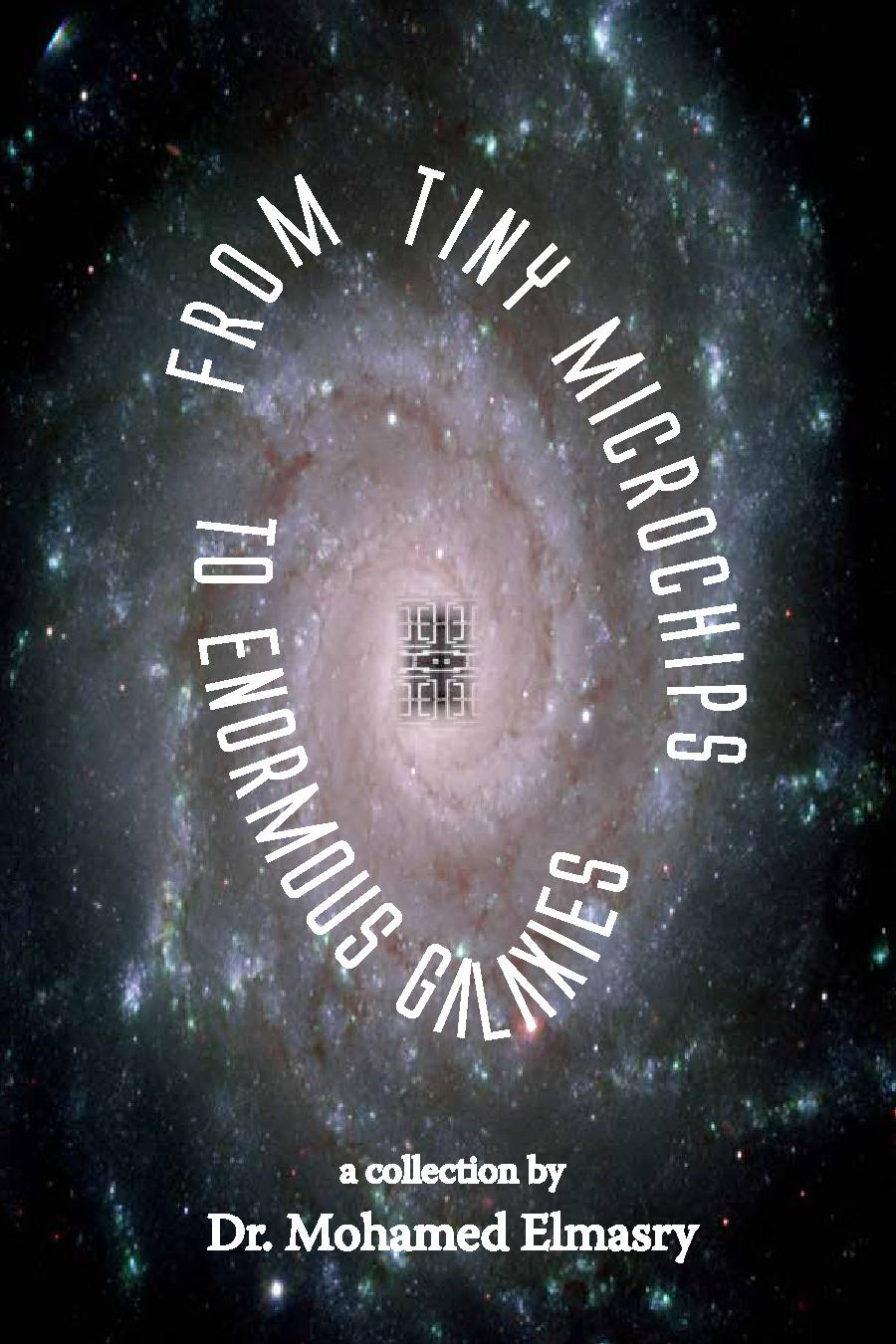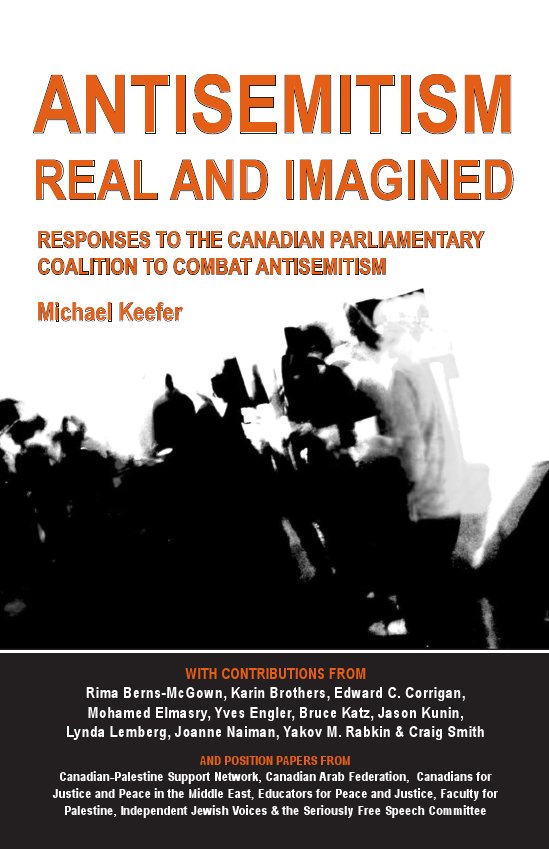March 31, 2010
A book review: Canada and Israel, Building Apartheid
Canada and Israel: Building Apartheid, Yves Engler, RED and Fernwood Publishing, 2010.
This book focuses largely on Canada’s role in the Zionist enterprise and in the Israeli-Palestinian conflict.
There are many important observations on the Canadian influence on events, but perhaps the most auspicious Canadian action was in a vote at the UN Special Committee on Palestine.
The vote was 21 to 20 against referring certain issues to the International Court of Justice, and Canada was among the 21.
The issues: (a) whether “Palestine was included in the Arab territories that had been promised independence by Britain at the end of World War I; (b) whether partition was consistent with the objectives and provisions of the [British] mandate; (c) whether partition was consistent with the principles of the UN Charter; (d) whether its adoption and forcible execution was within the competence and jurisdiction of the UN; and (e)” could the partition be done “without the consent of the majority of the people living within the country.”
Consistent with this denial of the rights of the indigenous population was the stand taken by Canada in the UN in the 1970’s. Canada’s position was that Israel had a role to play in deciding who would represent the Palestinians in peace talks.
Engler identifies the views of various figures in Canadian politics.
Thus, J.S. Woodsworth focused on the rights of the Palestinians back in the 1930’s. However, Tommy Douglas, M.J. Coldwell, and Stanley Knowles were supporters of Zionism.
Engler suggests that the fact that Douglas and Knowles were both clergymen may be a factor, but so was Woodsworth.
Lester Pearson was the son of a minister, and he played a central role in implementation of the partition. He referred to Israel as “the land of my Sunday School lessons.”
One reason for Canadian support for the establishment of Israel was that there was opposition to any widespread Jewish immigration to Canada. “None is too many.” This same attitude prevailed in the United States at the time.
While Great Britain was more reluctant to go with the Zionist program, Canada’s foreign policy was in the process of moving from the British to the American orbit.
At the time of the expulsion of the Palestinians during the partition, Canada supplied military equipment to the Haganah. Since those early days, Canada and Israel have cooperated in training, and Canada has supplied military equipment, including jet planes, to Israel.
Charities and businesses have been important in support for Israel. The Jewish National Fund and other charities have supported development of land grabs, especially in the Occupied Territories, supporting the establishment of settlements which even according to Israeli law are illegal. These charities have given Canadian tax receipts to donors.
Canadian businesses have been active in building infrastructure. A Canadian company built a major highway in the West Bank, and Canadian companies are being sued in Canadian courts for their role in developing Jewish settlements in the Bil’in area.
The book is highly informative on many aspects of Canada’s complicity in the Palestinian tragedy, but there are some shortcomings in the book.
Engler leaves the impression, for example, that parties that do not support the principle of Israel as a Jewish state are not allowed to participate in Israeli politics. While there have been attempts to accomplish that objective, the Israeli Supreme Court has rejected them, and there are parties represented in the Knesset that do not support Israel as a Jewish state. For example, Balad favors Israel as a state for all its people.
Engler states that Trudeau and Chrétien were less beholden to Israel’s cause than other prime ministers. He points to a progressively more pro-Israeli pattern as one moves from Chrétien to Martin to Harper.
In many cases, the change is demonstrated in UN votes, where often Canada previously abstained on votes critical of Israel, and now it votes with the noes. However, Engler really fails to demonstrate the shift in detail. One is reminded of the motto “Show, don’t tell” and of the example of the careful documentation in Alan Hart’s Zionism volumes.








